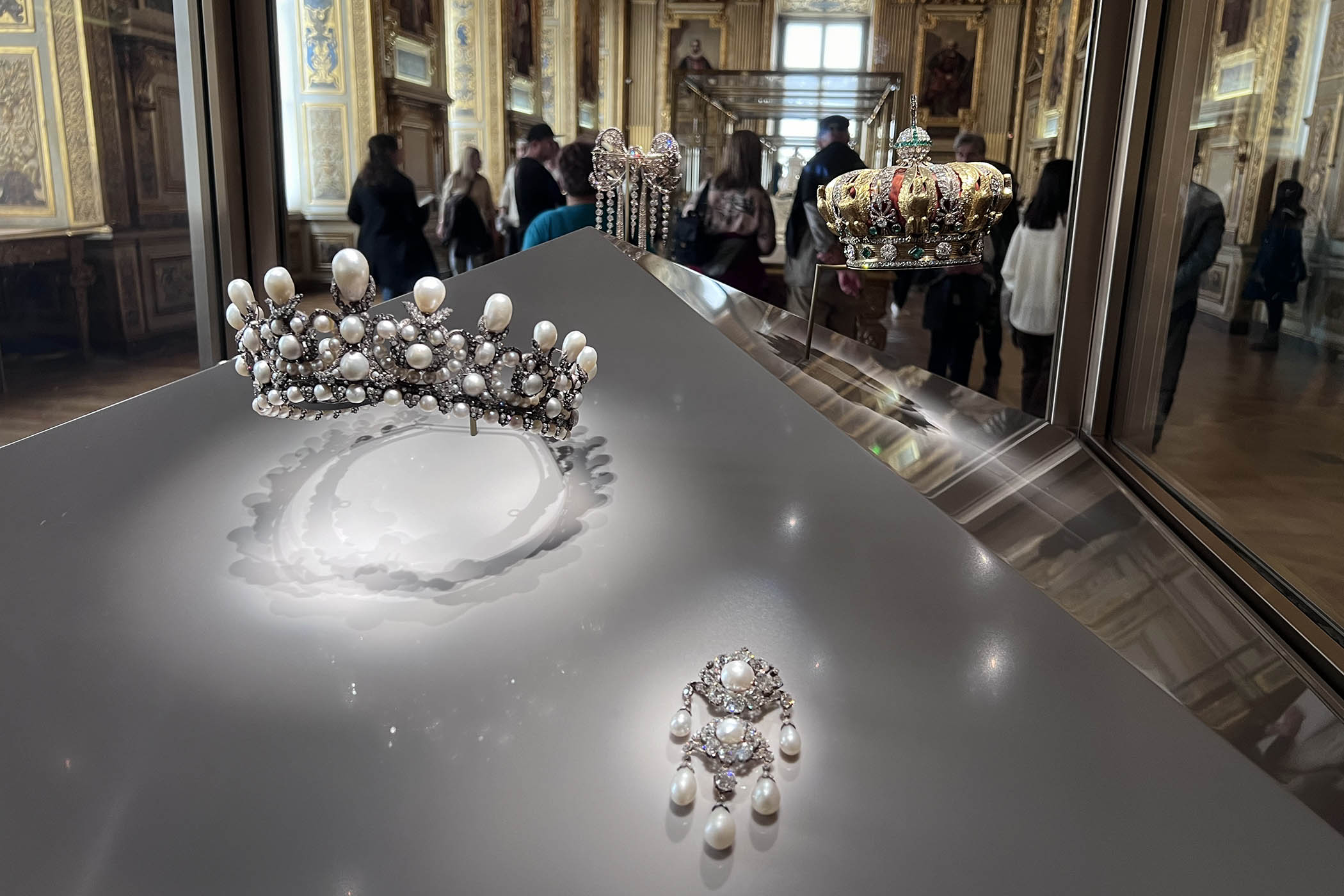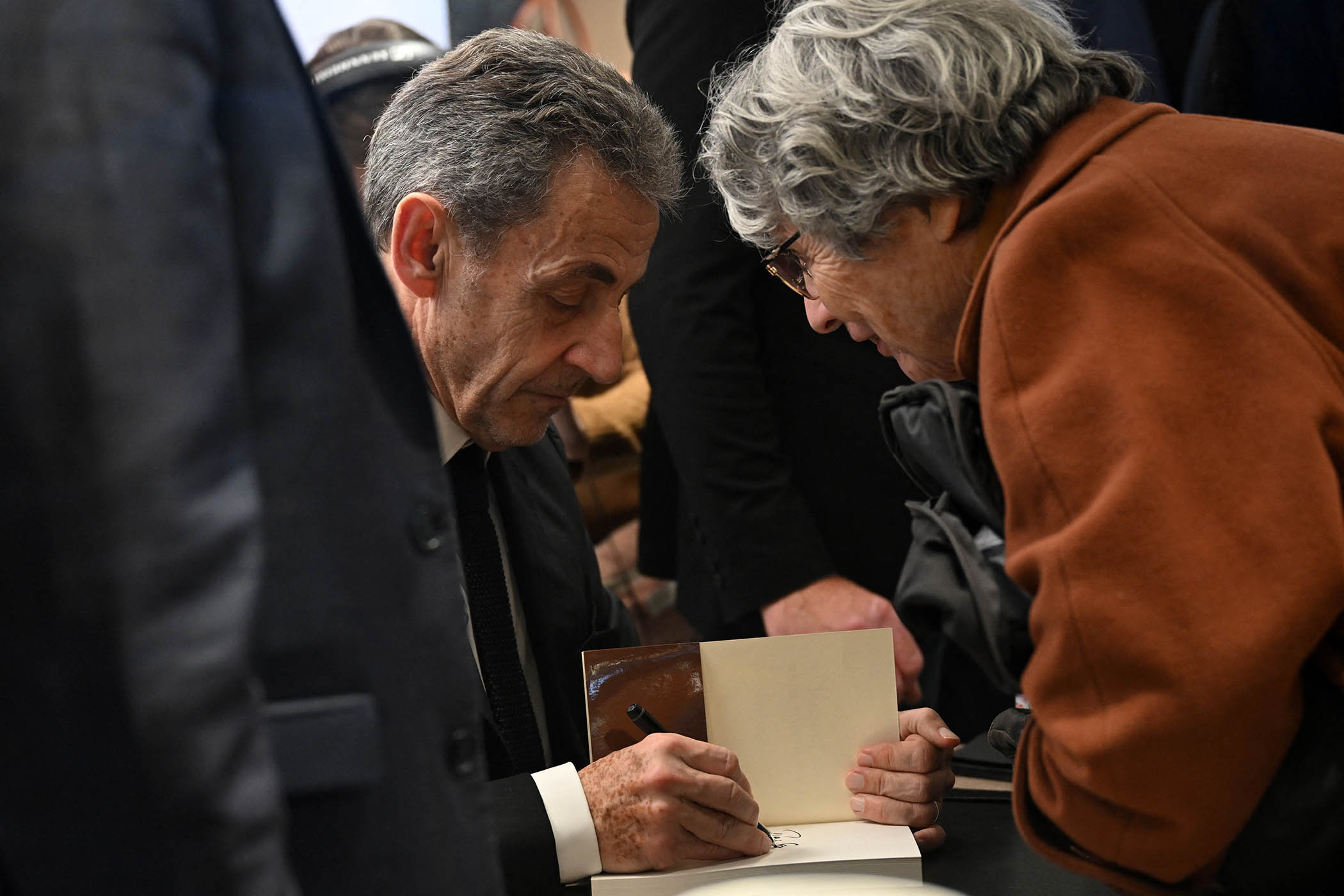It is three weeks since a group of apparently amateur thieves armed with the most basic of equipment –an angle grinder and a cherry picker – carried out France’s most daring daylight theft.
Today, police are holding four people in connection with the theft of an estimated €88m (£77m) worth of crown jewels from the Louvre, two of whom have reportedly “partially” admitted some involvement in the “heist of the century”.
Detectives now have 150 DNA samples, fingerprints and other traces of the culprits from the windows, scooters and items they discarded as they fled, including gloves, a hi-vis vest and a helmet – not to mention the crown of the Empress Eugénie, wife of the 19th-century French emperor Napoleon III, which was dropped as they escaped.
The police have evidence. They are holding the suspects. They know how the daring daylight raid was carried out and why it succeeded – mainly as a result of serious security failings at the Louvre. But the biggest question remains: where are the jewels?
Despite French president Emmanuel Macron’s declaration on Friday that “the jewels will be found”, searches have uncovered nothing. Those in police custody are giving little away, according to prosecutors. Investigators fear the haul may already have been broken up, destroying its intrinsic value as historic objects and making the gems untraceable.
Related articles:
Modern diamonds are marked by laser and certified, making them traceable; historic precious stones have no markings and are often unidentifiable, even by experts.
Although breaking up the jewellery may be the thieves’ only choice, Rayan Ferrarotto, commercial director of the French diamond merchant Celinni, said it was hardly worth the effort.
“Even dismantled, it would be pointless,” he said. “You can resell a diamond of exceptional quality at a very good price, but not this type of antique stone, which is often small and irregularly cut. Extracting stone by stone in an attempt to resell them would be a titanic and futile task.”
Ferrarotto said he believed the items had been stolen to order.
“When you look at major art thefts, it is almost always the case that private collectors or enthusiasts commission the thefts to own a unique piece. These people are not interested in financial gain – it’s all about prestige and exclusivity.”
If that is the case – and the thieves managed to deliver the jewels to their client – they may never be seen again.

The Louvre heist was the latest in a series of thefts from French museums that have seen gold and Chinese porcelain disappear. The French intelligence service focusing on organised crime believes there has been an “acceleration of the criminal threat to museums”.
In the past, say security specialists, career criminals would target luxury shops, but the increasingly sophisticated security employed by high-end stores makes them a less attractive target.
By contrast, a report last week by France’s state auditor found that woefully inadequate security at the Louvre was responsible for the thieves being able to enter the building and steal the jewels in just seven minutes.
The password for the museum’s video surveillance was “Louvre” and much of its computer network was run on obsolete operating systems. Fewer than four out of 10 rooms were covered by security cameras.
Since the heist, the other jewels in the Apollo gallery – where the thieves entered using a cherry picker to reach a first-floor balcony and cut through a window with an angle grinder – have been transferred to a Bank of France vault 26 metres (85ft) underground.
While the gallery remains closed, the now repaired window has become Paris’s newest tourist attraction.
Adam Lothae, a marine engineer from Newcastle on his first visit to the French capital, stopped briefly to gaze up at the window on a drizzly afternoon last week. “I wanted to see where it happened but I’m surprised. I expected more police here. After all, it is a crime scene,” he said.
Bryan Carrera, 28, a project manager from Panama, said the heist had made headlines at home. “We visited the Louvre and wanted to go inside the room where it happened. But it was closed so we came here,” he said.
Viewed from outside France, the heist has taken an almost comical turn more worthy of Inspector Clouseau than the sophisticated thievery of Ocean’s Eleven. It was revealed last week that one of the suspected raiders was a former social media star with a passion for motocross, whose exploits included performing a wheelie down the Champs-Élysées.
Are the French bothered? In the midst of a political crisis and facing higher taxes and public service cuts, one passerby outside the Louvre said: “People have bigger worries… and I suspect a few have a sneaking admiration for the thieves.”
Photograph by AP Photo/Emma Da Silva. Other picture by Zhang Mingming/VCG via Getty Images


